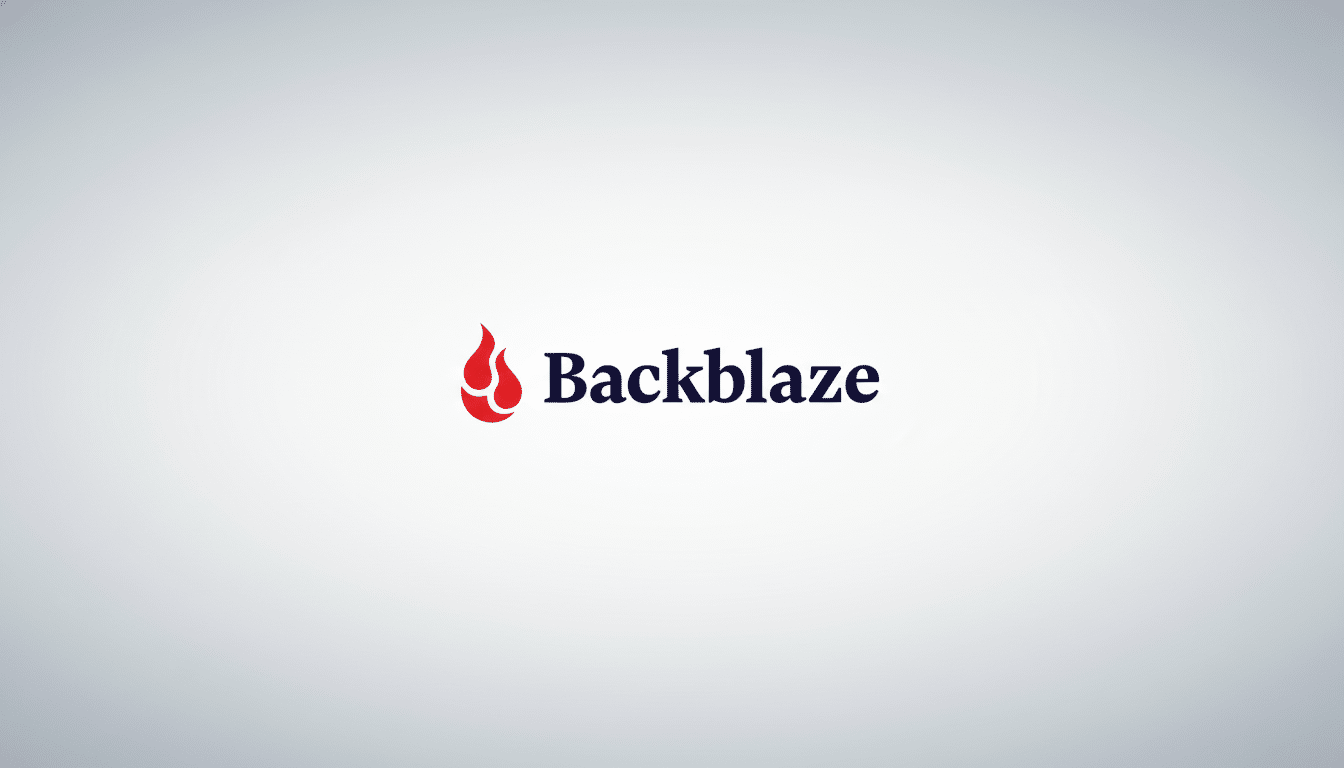Paying a monthly fee to keep your photos, videos, and work files online has become a given, but it needn’t be. A tsunami of lifetime cloud plans now allow you to own 2TB of secure storage for just a single $120 payment, meaning that treadmill of recurring charges can be stopped while still retaining access to your data across all your devices.
The Financial Case for a Lifetime Cloud Plan
For many people, 2TB feels like the right amount of capacity, or enough data to do whatever you want with and not feel nickel-and-dimed. Mainstream plans for a 2TB ceiling are generally in the $10-to-$12-per-month range from a big-name provider, too—meaning you can expect to spend around $120 to $144 total per year. Your break-even points then become: Spend $120 once and you break even in about a year; stay for three years and you’ve saved $240 or more versus renting the same capacity.

Add to that the fact that most people hold onto cloud storage for five years or more, and the numbers add up. That’s $600 for five years of access to 2TB at $10 per month. At a one-time $120 cost, you essentially prepaid for year one while keeping the other four years of fees in your pocket.
What You’re Actually Buying With Lifetime Cloud Plans
A lifetime cloud plan is not your very own server in a coat closet. It’s a license that lets you use storage space and services on a provider’s infrastructure for a long time. While some services roll their own stacks, others run on top of a reliable backend like Backblaze B2, which is noted for redundant storage, encryption at rest, and data durability designed to be higher than 99.9%. Backblaze’s drive stats—the well-publicized results of the company’s real-world use of consumer drives in its data center—and an open engineering blog have made it a darling among developers and archivists who value reliability.
The top lifetime offers feature core abilities that you would want from a modern cloud: desktop and mobile apps, automatic backups, file versioning, sharing links, and multi-device sync. A few also promise growth through add-on capacity if you outgrow the 2TB offered, so your storage can adjust to your expanding library.
Questions to ask around security and reliability
Before you swap monthly fees for a one-time bargain, vet the basics. First, encryption: Consider whether files are encrypted in transit and at rest, and ask if the provider offers end-to-end or “zero-knowledge” encryption that lets only you hold the keys. Two-factor authentication should be a given, and solid vendors will spell out their security posture in plain language.
Second, uptime and redundancy: high-availability platforms shoot for “four nines” availability, with your data copied across multiple drives or locations. This tends to favor providers that sit on top of reliable infrastructure—e.g., Backblaze or other hyperscale backbones—bringing strong durability guarantees and transparent incident histories at no extra charge.
Third, the fine print: “lifetime” typically means lifetime of the service, not your life. Review wording around data export, bandwidth restrictions, and restore speeds. Ensure that you can download your library without egress fees of any kind. When disaster hits, uplink speeds aren’t the only numbers worth reviewing.

How 2TB of Cloud Storage Fits into Real-World Use
Two terabytes can go farther than you might expect. At about 4 MB per photo, that’s around 500,000 pictures. At about 100 MB per minute for 4K home videos, you can record hours of your special moments. For creative professionals, it can be tens of thousands of RAW images or years of footage projects with file versioning turned on.
The demand curve is clear: IDC has long forecast a surge in data growth, with the creation of digital information globally in the hundreds of zettabytes this decade as higher-resolution cameras, remote work, and AI workflows multiply files. A 2TB upload plan future-proofs most households and freelancers, especially when paired with smart curation and occasional offloading of never-tapped content down to cold storage, junk-drawer status.
Real-world use cases are straightforward. Families funnel iPhone and Android photos into a single library through shared albums. Small businesses can host contracts and creative files using permissioned links, instead of fragile USB drives. Travelers never lose sight of their passports and insurance docs, accessible from anywhere. And in every case, a well-designed web interface along with dependable mobile apps ensures that the storage you pay for is actually usable.
Comparing to Big-Name Subscriptions and Ecosystems
When it comes to flagship offerings from the big tech companies, you can expect tight ecosystem integration—things like automatic iOS backups or deep ties into productivity suites. If those features are important to you, a monthly plan might still come out on top. But if your main concerns are knowing costs upfront and maximizing compatibility in the short term, a well-executed lifetime plan is 90 percent of what mainstream platforms offer at a tiny fraction of the long-term cost.
Backblaze-provided storage also promotes 99.99% uptime goals, encrypted file handling, and in some cases lifetime deals that can keep reliability intact while undercutting the costs of a recurring-fee model. It is a simple calculus: the more you can match the features you actually use, the greater your savings.
The Bottom Line on $120 Lifetime 2TB Cloud Storage
If you’re tired of paying for the same 2TB over and over again, month after month, then a $120 lifetime plan is a pragmatic belt-tightening maneuver. Do your due diligence on the provider’s infrastructure, security, and export policies, then run the math against your current subscription. For most people, the break-even point comes at about a year—after that, you’re just paying yourself first and your files remain right where you want them.

